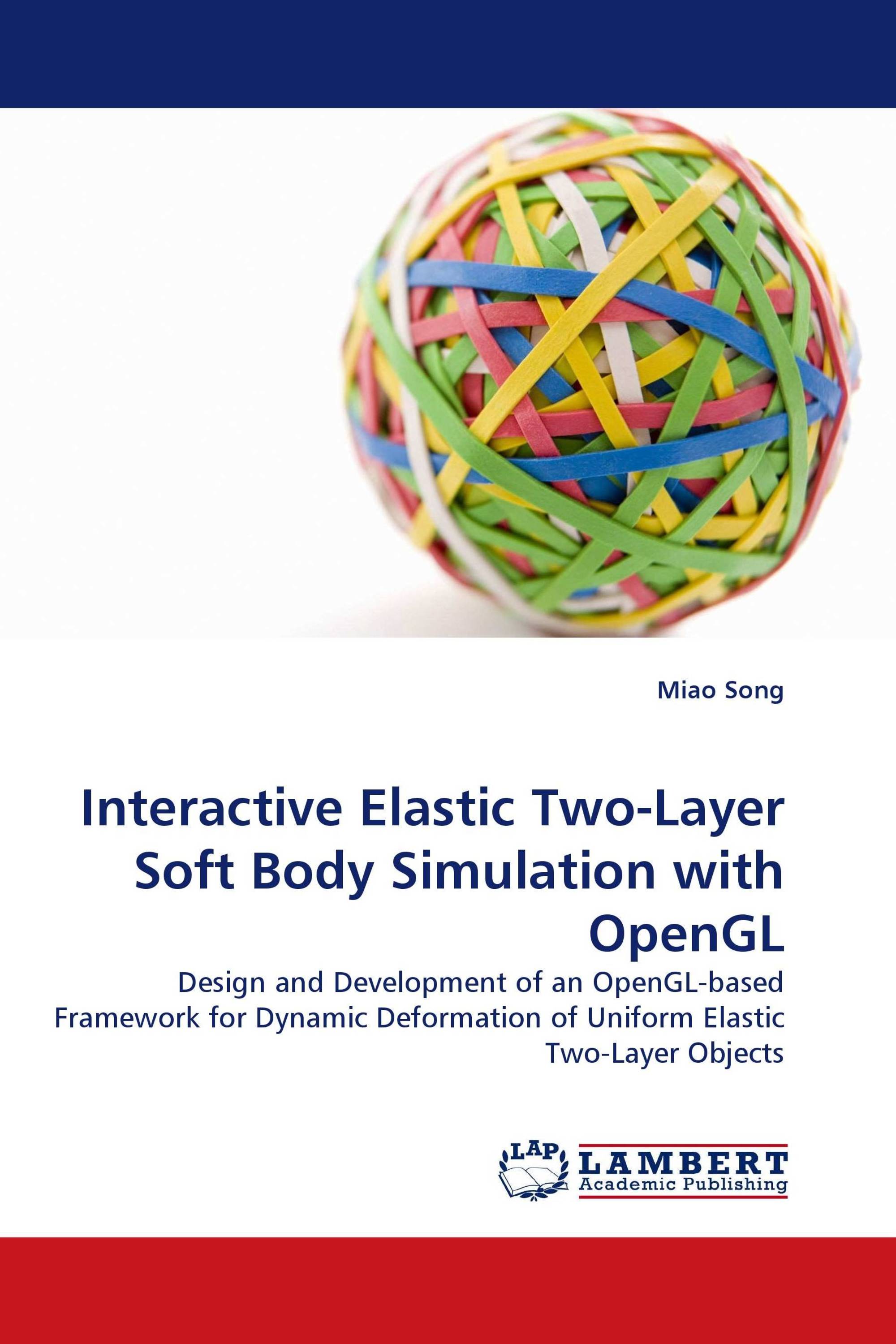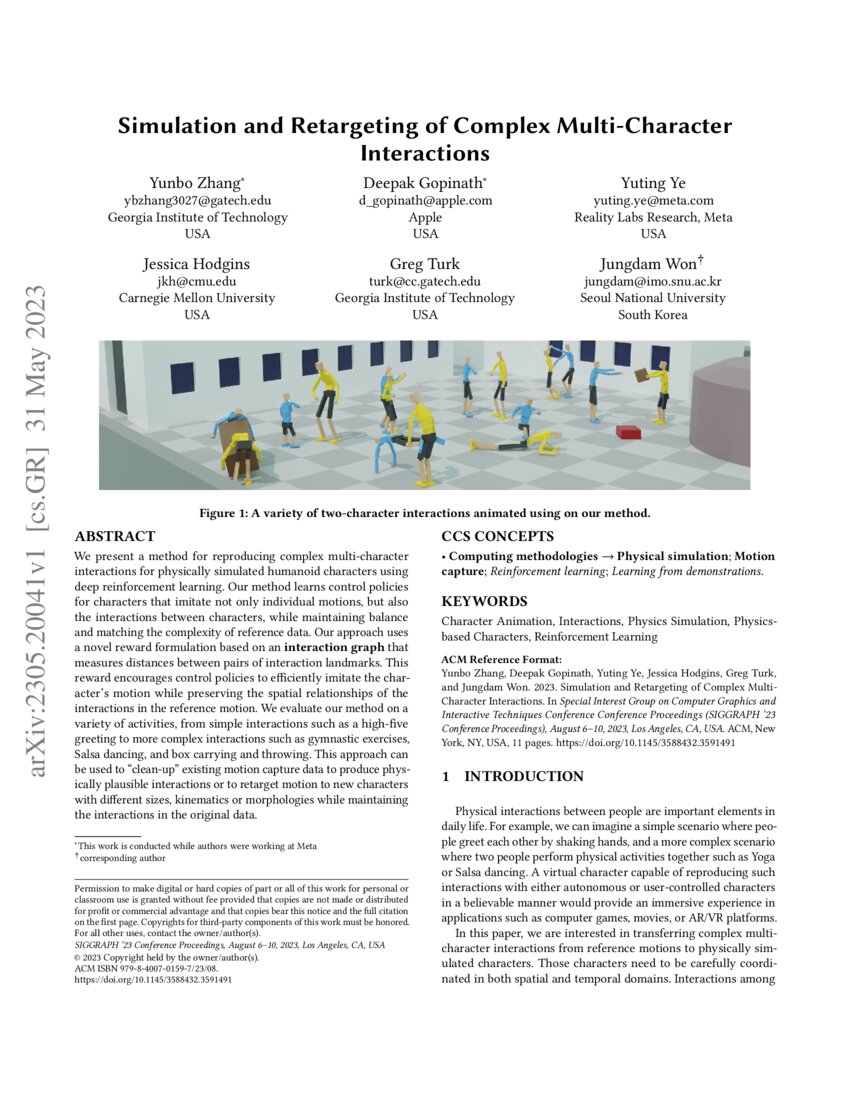Revolutionary Advances in Elastic Body Simulations: The Future of Soft Matter Modeling
Simulating the behavior of elastic bodies has long posed a monumental challenge in both computer graphics and physics. The sheer complexity of accurately modeling millions of soft body interactions in real time is nothing short of a scientific marvel. Advances in computational algorithms, especially those focused on elastic body simulations, have made it possible to visualize and simulate dynamic environments that seem impossible at scale. Recent breakthroughs have transformed this area, enabling simulations that can handle thousands, even millions, of collisions with breathtaking realism and speed.
How Elastic Body Simulations Work
At the core of elastic body modeling lies the ability to simulate objects that deform under external forces but return to their original shape when those forces are removed. Imagine stuffing a bunch of soft, squishy objects—like small rubber balls—into a confined space such as a teapot. In real life, the balls would compress, interact with each other, and shift within the confines of the pot. This is the basic idea behind elastic body simulation: performing millions of individual calculations to account for each collision, deformation, and rebound, all at once.
Layer on more complexity—for instance, an airport filled with one million individuals moving about—and suddenly the task becomes exponentially more difficult. Not only do you need to account for individual movements, but also for the subtle forces at play when objects (or people) bump into and influence each other in real time.
Major Breakthroughs in Speed and Stability
Recent research has unveiled a remarkable technique that subdivides a large problem into smaller, more manageable ones, drastically improving simulation speed. At its base, this method uses Gauss-Seidel iterations, which effectively solve these smaller, interrelated problems in parallel. Imagine trying to fix a chair while sitting on it—it sounds impossible, but that’s essentially what this method does with exceptional success.
In prior techniques, simulating such a scenario—even small aspects of it—could take hours or days. Today, thanks to advancements in elastic body engine technology, these impossibly complex simulations can now be completed in mere seconds per frame.
“Many of these simulations in modern graphics engines deal with 50 million vertices and 150 million tetrahedra. Each vertex is like a node in a network, and each tetrahedron a mini atomic structure. Think about packing this complexity into tangible, interacting materials—while maintaining computational stability.”
Testing the Limits of Soft Body Simulation
Elastic body simulations have been pushed to their absolute limits with tests that include objects interacting under extreme conditions—take, for instance, a series of octopi and armadillos pushed into a glass enclosure. These creatures are soft by nature, and seeing them respond to compression and collision in such a detailed manner highlights how advanced this simulation technology has become. Imagine stacking millions of small, compressible objects on top of each other and needing every point of contact to behave as it should. No shortcuts allowed.
The Miracle of Bouncing Back
Compressed an elastic body too far? No problem. The new breakthrough algorithms ensure the object returns to form after extreme force is removed, showcasing an impressive level of detail. The stability of simulations has reached a point where researchers can pull, stretch, squish, and compress objects without breaking the underlying computational model. In an era when graphics engines are expected to push boundaries, it’s remarkable to see this kind of fidelity, especially when you remember that no part of the simulation can “cheap out” on underlying physics.
Application in the Real World
| Old Techniques | Modern Techniques |
|---|---|
| Slow calculation times (hours or days) | Real-time simulations (seconds per frame) |
| Poor stability under extreme conditions | Highly stable, regardless of compression or stretching |
| Limited object interaction precision | Accurate modeling of millions of vertices and tetrahedra |
These breakthroughs do more than just create incredible digital imagery for movies or video games—they have real-world applications in engineering, medical technology, and even disaster modeling. Industries that rely on understanding soft matter interactions—such as biomechanics, robotics, and materials science—are particularly excited about these simulations. Whether simulating how a shoe sole compresses underfoot, or modeling crash tests with soft bodies, having this level of computational accuracy and speed revolutionizes how products are developed, tested, and ultimately brought to market. This is core to the concept of “engineering simulations” I often discuss in seminars we host through DBGM Consulting.
The Future: Faster and Better
One of the most mind-blowing aspects of these modern simulations is not just their speed but also their immense stability. Testing has shown that these engines can be up to 100-1000x faster than previous computation models, which fundamentally changes what is possible in real-time simulations. Imagine simulating the deformation and interaction of buildings, cars, or crowded stadiums filled with people—all with precise accuracy.
Most fascinating, the improved methods generate results on a logarithmic scale rather than a linear one, meaning the computational speed and efficacy increase exponentially. This has major implications for fields both inside and outside computer graphics, from AI-driven robotic design to large-scale astrophysical simulations.
In past articles, we have discussed mathematical frameworks such as string theory and even the foundational role numbers play in fields such as machine learning and artificial intelligence (The Essential Role of Foundational Math in AI). It’s incredible to see how these seemingly abstract principles of number theory and physics now play crucial roles in real-world technologies, such as soft body simulations.
A Look Ahead
With astonishing advancements in both speed and stability, it’s an exciting time to be involved in computational sciences and design. These new elastic body simulation techniques don’t just push the boundaries of what is possible—they redefine them altogether. It is a major leap forward, not just for entertainment but for every industry where complex object interaction is relevant, whether it’s automotive design (a personal passion of mine) or astronomy simulations, as we explore with my group of friends in Upstate NY using high-end CCD cameras to capture deep space phenomena.
With the right algorithms, hardware, and expertise, we now have the ability to create and manipulate synthetic worlds with unparalleled precision, opening doors to innovation that were previously only dreamed of.
Loving it!
For more exciting discussions on advancements in simulation and other emerging technologies, check out my previous post diving deeper into the breakthrough of Elastic Body Simulation for High-Speed Precision.
Focus Keyphrase: Elastic Body Simulations

